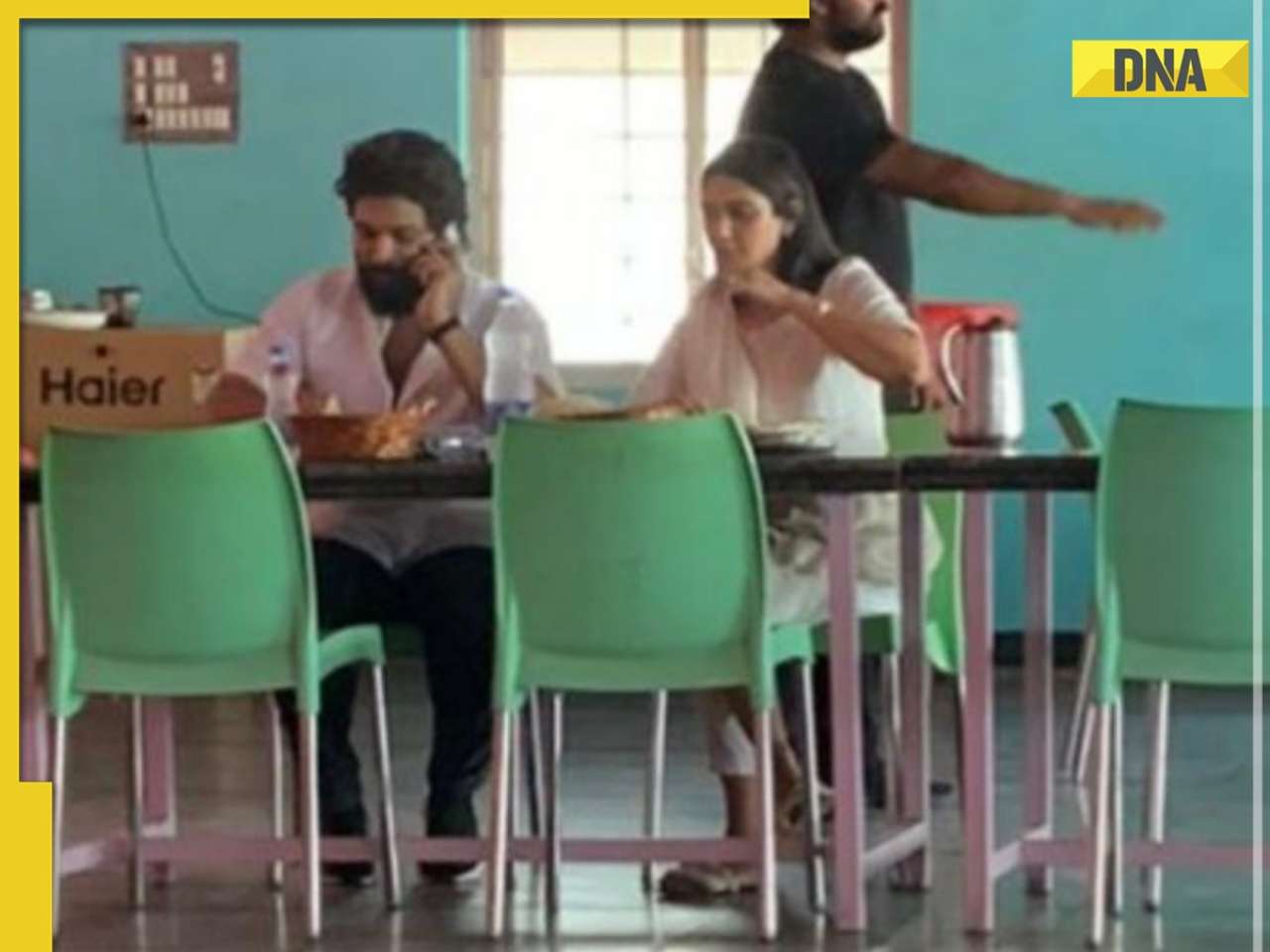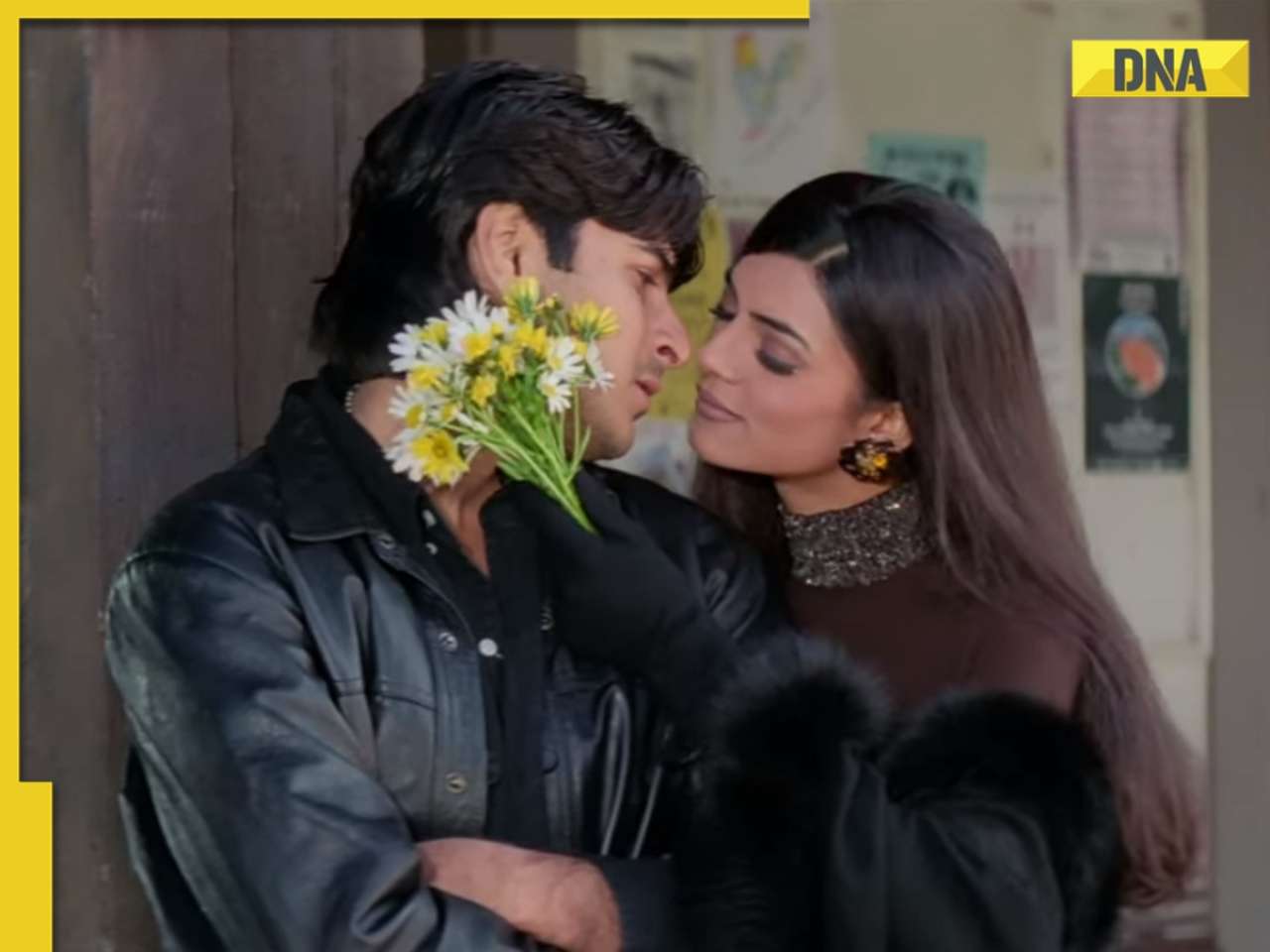Jude Morgan’s fictionalised account of the lives of Charlotte, Emily and Anne Bronte illuminates the familiar image of condemned genius with the spark of joy and fulfilment the sisters found in their creativity.
The Taste Of Sorrow
Jude Morgan
Hatchette
454 pages
For a family steeped in almost fierce insularity, the Bronte sisters have supported something of a cottage industry of writers devoted to examining every aspect of their brief, brilliant lives.
Jude Morgan’s sketch of the Bronte saga is part of a tradition that includes Elizabeth Gaskell and Daphne Du Maurier. It succeeds largely due to the author’s skill at filling the gaps between the familiar markers of his protagonists’ lives with writing that is both appealing and plausible
The Taste Of Sorrow unfolds mostly through the eyes of Charlotte, but each of the family gets a proper look-in. This includes the two eldest Bronte girls, Maria and Elizabeth, whose deaths at school leave Charlotte cruelly exposed from her safety of ‘the middle’. The Clergy Daughters School at Cowan Bridge, run by Reverend Carus Wilson, with his ghoulish accounts of hellfire and death, formed the blueprint for Lowood in Jane Eyre.
Jude Morgan (a name as misleadingly androgynous as the pseudonyms Currer, Ellis and Acton Bell which the Brontes published under) skillfully draws out Reverend Patrick Bronte, with his courtly speech and careful distancing from unpleasant truths, as well as Aunt Branwell, who moves to Haworth parsonage to look after her dead sister’s children.
There is also Patrick Branwell, the gifted but overindulged brother whose early death from consumption was fuelled by an addiction to laudanum. The tight togetherness of the Bronte children, growing up in the shadow of the graveyard and the moors, is captured in the urgency with which the siblings weave their magical kingdoms of Gondal and Angria, setting them down in hundreds of matchbox-sized books.
Morgan’s writing is understated, sometimes to the point of being elliptical. The approach works well on the whole, especially with the often-overlooked Anne. Like Charlotte, she makes her living as a governess, finding solace from the fatigue and loneliness of her job in writing. “Verses, that’s all,” she soothes her employer after one of her charges vomits deliberately into her workbag. “Later, she does try to retrieve them. Its not absolutely necessary…Still she passionately believes, quiet one though she is, that words written on a page are sacred.”
Charlotte herself comes across as painfully shy, with acid retorts flashing across her mind, followed by immediate remorse. “Before she can block it off, comes the thought Ugly old man,” as her father violently curses his curate, Arthur Bell Nicholls, for his audacity in proposing to her. Emily, the most internal of the sisters, moves moodily and (as is perhaps inevitable) taciturnly through the pages.
The most rivetting moments come when the bond between the sisters flashes to the fore, as when Emily warns a lovelorn Charlotte against pouring out her talent on letters to her married tutor in Brussels. There is also her fine fury when she finds Charlotte reading her verses without her permission. Though it takes days, Charlotte eventually convinces Emily to share her work. The three sisters revive the childhood tradition of working together, meeting at the dining table after an exhausting day of work to write, read and critique. “We three again, around the table, the shuffle of papers, the lattice of talk; this is right, something must come of this,” thinks Charlotte.
Amongst the most poignant moments is towards the end, when Charlotte faces the silence surrounding her after the deaths of Emily and Anne. After her marriage to Nicholls, she sobs into the arms of her husband at her unexpected contentment. “Because I feel I am getting their share. We all should have had this…I just wish I could hear their voices once more.” She died less than a year after her marriage, in the early stages of pregnancy.
The Taste Of Sorrow manages to bring alive the dark complexity of the landscapes and lives that shaped works like Wuthering Heights and Agnes Grey. But Morgan illuminates the familiar image of condemned genius with the spark of joy and fulfillment the sisters found in their creativity. That, it may be argued, was a very rare taste of pleasure indeed. Particularly in a world where the tragic death of young women was no great matter after all.
![submenu-img]() Viral video: Woman tries to cook omelette on road, internet is not happy
Viral video: Woman tries to cook omelette on road, internet is not happy![submenu-img]() RCB cancels practice, press meet after threat to Virat Kohli's security ahead of IPL 2024 eliminator: Report
RCB cancels practice, press meet after threat to Virat Kohli's security ahead of IPL 2024 eliminator: Report ![submenu-img]() Meet Indian-origin man, IIT alumnus who is world's second-highest paid CEO, his salary per day is...
Meet Indian-origin man, IIT alumnus who is world's second-highest paid CEO, his salary per day is...![submenu-img]() RBI approves Rs 2.11 lakh crore dividend payout to Indian govt for 2023-24
RBI approves Rs 2.11 lakh crore dividend payout to Indian govt for 2023-24![submenu-img]() Mozz Guard Mosquito Zapper Reviews (Zap Guardian): Side effects, ingredients benefits, price
Mozz Guard Mosquito Zapper Reviews (Zap Guardian): Side effects, ingredients benefits, price![submenu-img]() IIT graduate builds Rs 1057990000000 company, leaves to get a job, now working as a….
IIT graduate builds Rs 1057990000000 company, leaves to get a job, now working as a….![submenu-img]() Indian Air Force Agniveervayu Recruitment 2024: Registration starts today, know eligibility, steps to apply
Indian Air Force Agniveervayu Recruitment 2024: Registration starts today, know eligibility, steps to apply![submenu-img]() Meet woman who was married at 16, faced domestic abuse, did odd jobs as single mom, became IAS officer, is posted at...
Meet woman who was married at 16, faced domestic abuse, did odd jobs as single mom, became IAS officer, is posted at...![submenu-img]() Maharashtra HSC 12th 2024: Result declared, know how to check
Maharashtra HSC 12th 2024: Result declared, know how to check![submenu-img]() Meet man who topped IIT-JEE, studied at IIT Bombay, then went to MIT, now is...
Meet man who topped IIT-JEE, studied at IIT Bombay, then went to MIT, now is...![submenu-img]() DNA Verified: Is CAA an anti-Muslim law? Centre terms news report as 'misleading'
DNA Verified: Is CAA an anti-Muslim law? Centre terms news report as 'misleading'![submenu-img]() DNA Verified: Lok Sabha Elections 2024 to be held on April 19? Know truth behind viral message
DNA Verified: Lok Sabha Elections 2024 to be held on April 19? Know truth behind viral message![submenu-img]() DNA Verified: Modi govt giving students free laptops under 'One Student One Laptop' scheme? Know truth here
DNA Verified: Modi govt giving students free laptops under 'One Student One Laptop' scheme? Know truth here![submenu-img]() DNA Verified: Shah Rukh Khan denies reports of his role in release of India's naval officers from Qatar
DNA Verified: Shah Rukh Khan denies reports of his role in release of India's naval officers from Qatar![submenu-img]() DNA Verified: Is govt providing Rs 1.6 lakh benefit to girls under PM Ladli Laxmi Yojana? Know truth
DNA Verified: Is govt providing Rs 1.6 lakh benefit to girls under PM Ladli Laxmi Yojana? Know truth![submenu-img]() AI models show bikini style for perfect beach holiday this summer
AI models show bikini style for perfect beach holiday this summer![submenu-img]() Laapataa Ladies actress Chhaya Kadam ditches designer clothes, wears late mother's saree, nose ring on Cannes red carpet
Laapataa Ladies actress Chhaya Kadam ditches designer clothes, wears late mother's saree, nose ring on Cannes red carpet![submenu-img]() Urvashi Rautela mesmerises in blue celestial gown, her dancing fish necklace steals the limelight at Cannes 2024
Urvashi Rautela mesmerises in blue celestial gown, her dancing fish necklace steals the limelight at Cannes 2024![submenu-img]() Kiara Advani attends Women In Cinema Gala in dramatic ensemble, netizens say 'who designs these hideous dresses'
Kiara Advani attends Women In Cinema Gala in dramatic ensemble, netizens say 'who designs these hideous dresses'![submenu-img]() Influencer Diipa Büller-Khosla looks 'drop dead gorgeous' in metallic structured dress at Cannes 2024
Influencer Diipa Büller-Khosla looks 'drop dead gorgeous' in metallic structured dress at Cannes 2024![submenu-img]() DNA Explainer: Why was Iranian president Ebrahim Raisi, killed in helicopter crash, regarded as ‘Butcher of Tehran’?
DNA Explainer: Why was Iranian president Ebrahim Raisi, killed in helicopter crash, regarded as ‘Butcher of Tehran’?![submenu-img]() DNA Explainer: Why did deceased Iranian President Ebrahim Raisi wear black turban?
DNA Explainer: Why did deceased Iranian President Ebrahim Raisi wear black turban?![submenu-img]() Iran President Ebrahim Raisi's death: Will it impact gold, oil prices and stock markets?
Iran President Ebrahim Raisi's death: Will it impact gold, oil prices and stock markets?![submenu-img]() Haryana Political Crisis: Will 3 independent MLAs support withdrawal impact the present Nayab Saini led-BJP government?
Haryana Political Crisis: Will 3 independent MLAs support withdrawal impact the present Nayab Saini led-BJP government?![submenu-img]() DNA Explainer: Why Harvey Weinstein's rape conviction was overturned, will beleaguered Hollywood mogul get out of jail?
DNA Explainer: Why Harvey Weinstein's rape conviction was overturned, will beleaguered Hollywood mogul get out of jail?![submenu-img]() Watch: Kapil Sharma's daughter complains as paps click her photos in viral video, says 'papa aapne kaha tha ki...'
Watch: Kapil Sharma's daughter complains as paps click her photos in viral video, says 'papa aapne kaha tha ki...'![submenu-img]() Watch: Anil Kapoor hijacks The Great Indian Kapil Show, Farah Khan reveals which actor is 'most kanjoos' in Bollywood
Watch: Anil Kapoor hijacks The Great Indian Kapil Show, Farah Khan reveals which actor is 'most kanjoos' in Bollywood![submenu-img]() Manoj Bajpayee reveals why Anurag Kashyap didn’t work with him for 14 years: ‘My career was going down, he didn’t...'
Manoj Bajpayee reveals why Anurag Kashyap didn’t work with him for 14 years: ‘My career was going down, he didn’t...'![submenu-img]() Sanjay Dutt quits Welcome 3 after fallout with Akshay Kumar? Report says he walked out after first day because...
Sanjay Dutt quits Welcome 3 after fallout with Akshay Kumar? Report says he walked out after first day because...![submenu-img]() Allu Arjun enjoys lunch with wife Sneha at dhaba; fans hail his ‘simplicity’ despite Pushpa success
Allu Arjun enjoys lunch with wife Sneha at dhaba; fans hail his ‘simplicity’ despite Pushpa success![submenu-img]() Viral video: Woman tries to cook omelette on road, internet is not happy
Viral video: Woman tries to cook omelette on road, internet is not happy![submenu-img]() Groom saves bride from unexpected milk bath during haldi ceremony, viral video melts internet
Groom saves bride from unexpected milk bath during haldi ceremony, viral video melts internet![submenu-img]() Viral video captures epic showdown between two king cobras, watch who wins
Viral video captures epic showdown between two king cobras, watch who wins![submenu-img]() Viral video: Woman's 'Senorita' dance steals hearts during RCB vs CSK match in Bengaluru, watch
Viral video: Woman's 'Senorita' dance steals hearts during RCB vs CSK match in Bengaluru, watch ![submenu-img]() Viral video: Lion's terrifying ambush on napping wildebeest stuns internet, watch
Viral video: Lion's terrifying ambush on napping wildebeest stuns internet, watch



























































)
)
)
)
)
)